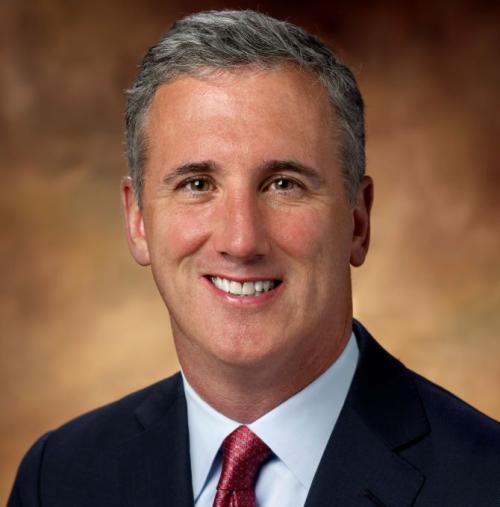Best proxy statement (small to mid-cap): Splunk
Splunk’s proxy statement shows a level of governance maturity rarely seen in such a young company; launched in 2003, the firm went public in 2012. The judges praised the multinational software company for its use of very plain English and its ability to say what it needed to say more succinctly than most companies in just 48 pages.
The proxy includes an easy-to-read summary that covers business highlights of fiscal year 2015 such as the company’s shareholder engagement efforts to address a failed say-on-pay vote in 2014 and changes it made to its executive compensation structure based on investor feedback. It also features call-out boxes on the proxy notice showing the ways shareholders can vote; a director dashboard that makes it easy to review board independence, tenure, age and gender diversity; and a table outlining investor outreach efforts and the results they produce. A new executive summary added to the compensation discussion & analysis explains high-level compensation components, positive pay practices and CEO compensation.
In their feedback during engagement sessions, shareholders told senior management how important they consider disclosure to be, says Scott Morgan, the firm’s vice president, associate general counsel and assistant corporate secretary. Much of the innovative material in the 2015 proxy comes from presentations senior management made to the board and its compensation and governance committees. ‘It was a transparent reflection of our view of what had happened and what we were doing to evolve,’ Morgan adds. ‘The company had grown so quickly we had some catching up to do governance-wise.’
The call-out boxes are consistent with the company’s philosophy: making complex information easily digestible for investors – often a challenge in an era when SEC rules call for disclosing more and more information, Morgan says. He attributes the failed say-on-pay vote in 2013 to the bad timing of changes to the CEO’s compensation. Hired in 2008, Godfrey Sullivan was granted equity as part of his initial package. By the end of 2012, he had not received an equity grant in four years. Feeling it needed to retain him, the board gave him an equity grant late in 2012, which he turned down. When the board pushed harder at the beginning of 2014, he accepted it and the board asked him to in future accept it on a regular basis at the end of the year.
‘Had those been in different fiscal years, we probably wouldn’t have had [the negative say-on-pay vote],’ Morgan says. ‘At the same time, it allowed us to look deep and have conversations with our investors and our board in a way we hadn’t had to [previously], and that led to all these good changes we’ve made.’








